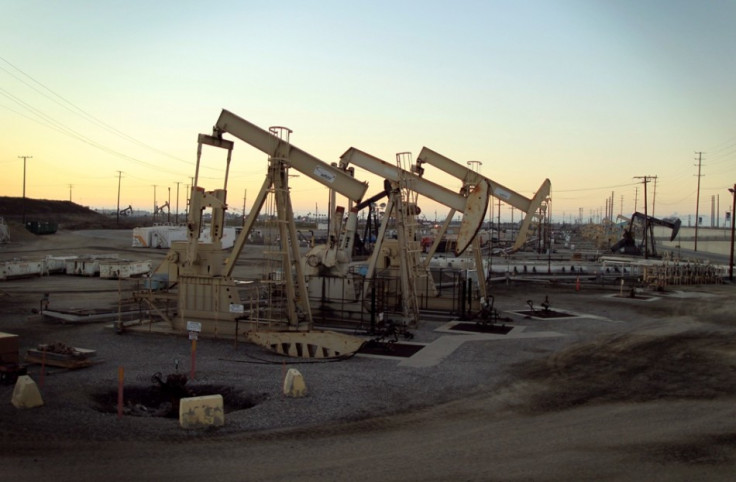Oil spikes to eight-month high on US inventory drawdown

Oil futures rose for a third successive session on Wednesday (8 June), following a higher than expected drawdown in US crude inventories, improved expectations of Chinese demand and continuing disruptions in Nigeria.
At 9:00am (BST), the Brent August contract was up a cent or 0.01% at $51.43 per barrel, while the West Texas Intermediate July contract was up 0.04% or two cents at $50.38 per barrel, in the wake of the American Petroleum Institute's data indicating a 3.6 million barrel stateside drawdown last week.
The figure, released on Tuesday, was well above market expectations for a 2.6-2.7 million barrel draw, sending the oil price to an eight-month high overnight with $50 levels maintained in Asian trading. The US Energy Information Administration is due to publish its data on Wednesday.
Strong figures from China also lent support to prices after the country said its exports rose 38.7% on an annualised basis in May; the highest on record in more than six years. Earlier, China's central bank maintained its headline economic growth forecast of 6.8% for 2016.
Concurrently, ongoing difficulties in Nigeria — where militant attacks on oil pipelines have sent the country's production down to a 20-year low — also impacted trading sentiment.
Abhishek Deshpande, lead oil analyst at Natixis, said production outages and robust demand from both OECD and non-OECD countries have resulted in a contracting surplus for the first half of 2016.
"There are expectations of further drawdowns in the second half of the year. Demand in products is strong in the very near term particularly from countries such as US and India. However, the sensitivity of oil products demand to rising oil prices and softening of car sales will become an important factor which will feed into crack spreads and reduced refinery processing rates," he added.
Meanwhile, IHS expects North American oil production volumes to level off later this year and average around 13 million barrels per day for 2016, around 80% higher than pre-2009 levels.
Daniel Yergin, IHS vice chairman and Pulitzer Prize-winning author, said: "The long lead times associated with oil sands production means it has continued to grow through the worst of the low oil prices. US tight oil is more price-responsive. But more firm prices are expected as the market begins to move out of surplus, which will incentivise investment for this new short-cycle oil once again."
© Copyright IBTimes 2025. All rights reserved.






















